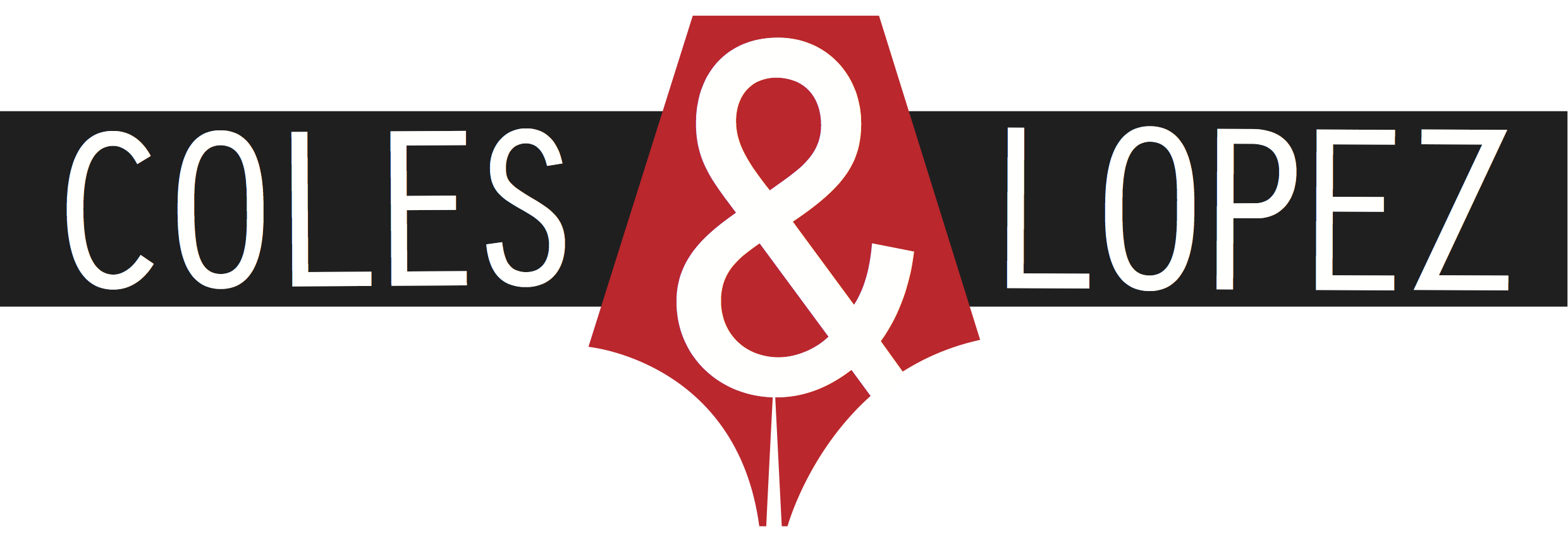Love the way you lie
This is a hard one, folks. Not hard to understand, but hard to remember. I wish there were a clever trick I could teach you to help you memorise the many conjugations of the verbs lie and lay, but the best I can do is provide a handy reference chart (see below). If you’re lucky, you’ll be able to commit it to memory. If not, don’t feel bad. I’m a professional editor, but I sometimes struggle to choose the right form. Bob Dylan is the greatest songwriter of all time, but he got it wrong in “Lay Lady Lay”. Eric Clapton is God, but he got it wrong in “Lay Down Sally”. It happens to the best of us.
First things first
That feeling when you realise your hit song should have been called "Lie Lady Lie".
Before we get started on conjugations, let’s make sure we know the difference between lie and lay. We all know that lie can mean “tell an untruth”, so let’s forget about that definition for now. The other lie means “recline”, while lay means “put down”. The important difference is that lie never takes an object (it is intransitive) and lay always does (it is transitive). Lie is an action unto itself; lay is done to something else.
The handy reference chart
You can see why we all get it wrong so often. Lie means “recline” and lay means “put down”, BUT lay is also the past tense of lie. The past tense and past participle of lay are the same – laid – but lie has a whole new word, lain, as its past participle. Lie (tell an untruth) and lie (recline) are the same word, but they have different past tenses and past participles. Good old English, eh?
In a nutshell
Lie means “recline”. It is an intransitive verb, meaning it never takes an object. Lay means “put down”. It is a transitive verb, meaning it always takes an object. If you can memorise the many conjugations of these verbs, I salute you. If not, don’t do a Dylan – bookmark this page so you can refer to the chart whenever you need to.


